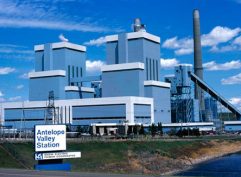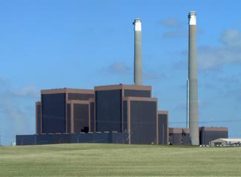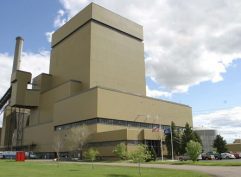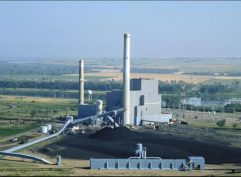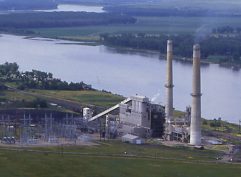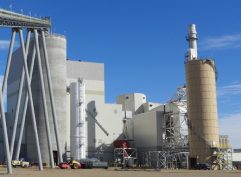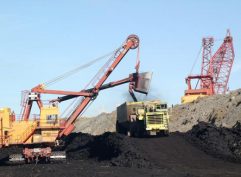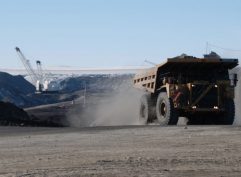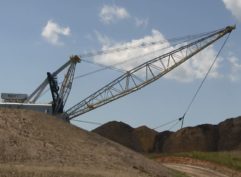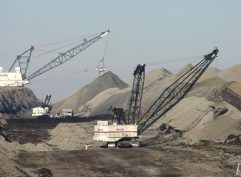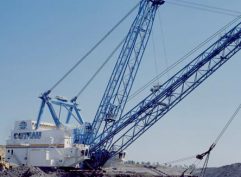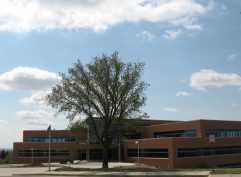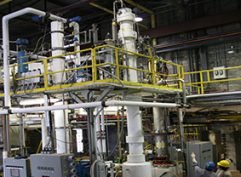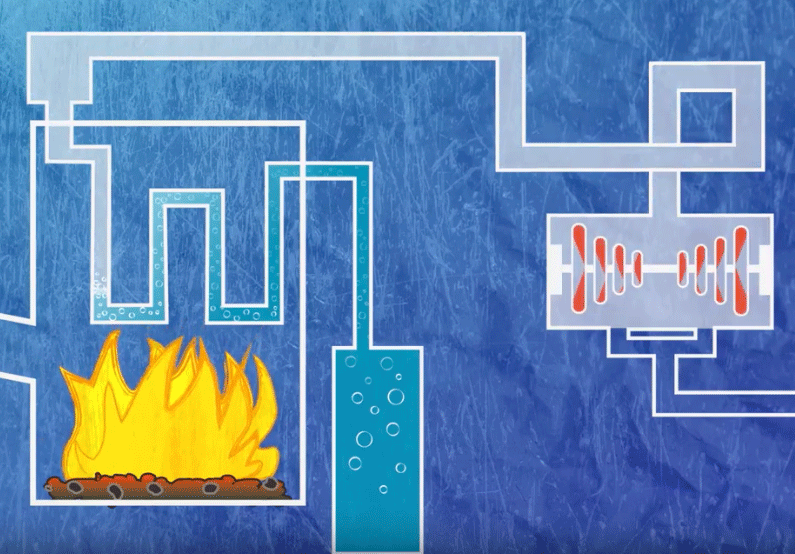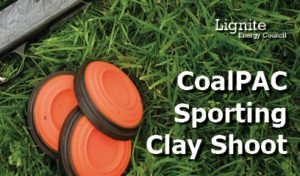Lignite Research Council set to evaluate two R&D proposals at its August meeting
Two projects will be evaluated at 1:00 p.m. on Thursday, August 3, in the Judicial Room of the Bismarck Ramada Hotel by the Lignite Research Council (LRC) – a review board comprised of representatives from industry and government organizations. The two projects seeking funding from the state of North Dakota are:
- Project Carbon – The Energy & Environmental Research Center (EERC) at the University of North Dakota is teaming with the Department of Energy’s National Energy Technology Laboratory to identify and reduce barriers relating to post-combustion capture of carbon dioxide from an existing lignite-based power plant. BNI Energy, Minnesota Power and Minnkota Power are working in partnership with the EERC and several major technology suppliers involved with Project Tundra, which is intended to capture CO2 from the existing Milton R. Young Station near Center, North Dakota. As Project Tundra progresses, Project Carbon seeks to provide additional information regarding performance efficiencies and pre-front-end engineering and design (pre-FEED) considerations for the eventual construction. The project would cost $12.7 million and the application is asking for $2.5 million from the North Dakota Industrial Commission (NDIC). Project Carbon is expected to take 14 months to complete.
- Rare Earth Elements – Extracting rare earth elements (REEs) as part of North Dakota lignite mining has been the focus of ongoing studies. This project would be overseen by Microbeam Technologies, Inc. and would study how to maximize concentrations of REEs by developing expedient, low-cost analysis techniques that would aid in stockpiling suitable material for processing. The REEs are found in lignite seams, roof and floor materials and combustion fly ash. However, not all coal seams have the same amount of REEs and standard methods of mining do not identify content prior to delivering the coal to the power plants. The project would cost nearly $500,000 and the application is asking for $224,000 from the North Dakota Industrial Commission (NDIC).
For a project to be considered by the Lignite Research Council, the organizations promoting the technologies have to secure matching funds and/or in-kind contributions from companies actively involved in the lignite industry.
This is the third LRC meeting in 2017 and represents the second special LRC meeting requested by industry. A fourth LRC meeting is scheduled for November.
“The number of proposals and meetings shows the industry is very interested in research and development projects that will enhance, preserve and protect the existing industry,” said Mike Holmes, vice president of research and development for the Lignite Energy Council and technical advisor to the NDIC.
Three separate experts evaluate each of the proposals and their evaluations are given to the members of the Lignite Research Council who will consider each of the projects for approval at the August 3rdh meeting. If the LRC approves a grant proposal, it is then forwarded to the North Dakota Industrial Commission, which is comprised of the governor, the attorney general and the commissioner of agriculture, for consideration of final approval.
The North Dakota Industrial Commission is a partner with the regional lignite industry in the Lignite Research Program, which has funded approximately 200 research projects since the mid-1980s. State dollars are leveraged with industry investments for research and demonstration projects. Since 1987 when the partnership began, the state has invested more than $60 million in lignite research funds. This has resulted in a total investment in excess of $700 million when federal and industry funding is included.
The Lignite Energy Council is a regional trade association representing North Dakota lignite producers, electric utilities and more than 300 businesses providing goods and services to the mines and plants. The lignite industry generates approximately $3.5 billion in gross business volume within the state.


